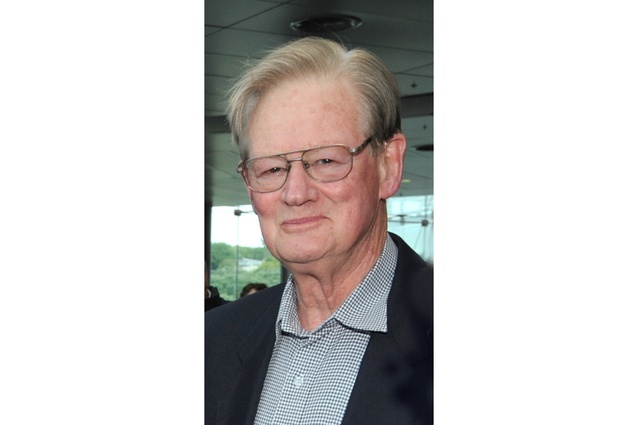Obituary: Dr Morris Taylor
Morris Taylor died on July 18, 2020, in his 91st year. A notable New Zealand urban planning professional and scholar, he established the Auckland City Council’s inaugural City Planning Development Section in 1966, laying the groundwork for the City’s first Central Area Plan adopted in 1974. After a brief stint at the University of Waikato, he was enticed by Professor Ivan Boileau to join the University of Auckland’s Planning Department in 1974, retiring in 1999. Morris made a considerable contribution to the formation and advancement of the discipline and its practice in Aotearoa New Zealand.
Rooted in the South Island, Morris was born in Pleasant Point, a tiny country town in South Canterbury. Dissuaded from architecture by a teacher dismissive of his mathematical skills, he completed an undergraduate degree at the University of Otago, followed by a Master of Arts degree in geography at the University of Auckland, concurrently training as a school teacher, while playing in a jazz band to supplement his income.
Swayed by the venerable architect-planner Nancy Northcroft, Morris joined the Christchurch Regional Planning Authority in 1955, completing the British Town Planning exams by correspondence in the absence of local professional qualifications in that era. Sponsored by the Rees Jeffreys Road Fund, and working with the Road Research Laboratory (UK), he went on to graduate in one of the earliest town planning doctorates conferred by the University College London, with a thesis investigating transport-land use integration. The discipline’s amaranthine hot potato.
Morris returned to an Auckland debating the 1965 De Leuw Cather Report, with its recommendations for motorways and public transport, along with Colin Buchanan’s work on the damaging influence of traffic on the qualities of urban life and environmental mitigation. Auckland’s central area – perhaps ironically – defined in its first plan by the evolving motorway network, contained measures of greater development sophistication than in the City’s first District Scheme adopted in 1961, with greater attention paid to the quality of tall landmark buildings and their impact on street life. Civic projects included the pedestrianisation of Vulcan Lane.
Transportation and urban planning technologies commanded Morris’s tertiary teaching and research interests, underpinned by principles of environmental sustainability. In a discipline and profession easily captured by politics and accused of subjectivity, he maintained an unwavering obligation to evidence-based decision-making and the power of data and its analysis informing policy and plans. With a sincere and gentle demeanour, he instilled this in his students.
Like others in his generation, Morris engaged in local politics towards improving the acceptance and value of urban planning in Auckland. Initially chairing the Birkenhead Residents Association, his home suburb, and subsequently serving as councillor on the Birkenhead Borough/City Council and the Auckland Regional Authority – campaigning against the Chelsea Sugar Refinery’s pollution of the Waitemata Harbour, and for the proper use of public funds and the vital importance of setting aside parks and nature reserves in urban development. And as a personal initiative – along with his wife and two sons – Morris created a Waipu forest farm, blending reverence for agriculture with perpetuating biodiversity and amenity.










